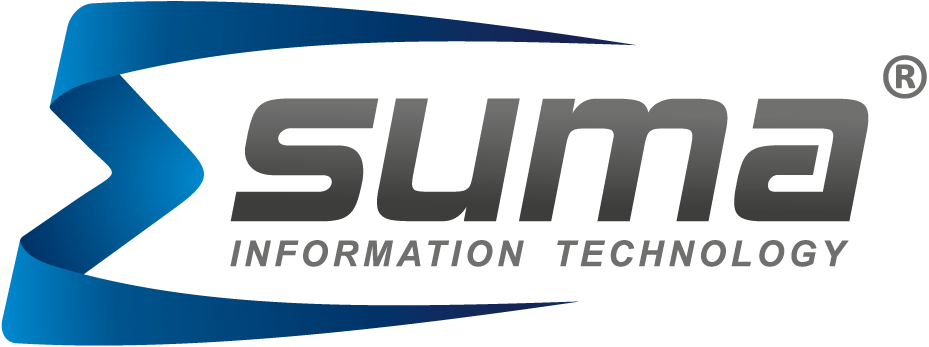Vyhledat ... Zavřít
- Můj účetMůj účet Zavřít
- Produkty k porovnání
- Seznam přání (0)
Shopping cart Close
Váš nákupní košík je prázdný.
Všechny kategorie
Menu Zavřít
- Všechny kategorie
- Zpět
- AKČNÍ CENY
- VÝPRODEJ (19)
- Notebooky, Tablety, Počítače
- Monitory
- Periferie
- Zpět
- Tiskárny 3D (1)
- Tiskárny (282)
- Tiskárny multifunkční (357)
- Spotřební materiál (7450)
- Tisková média (594)
- USB Flash Disky (502)
- Skenery (92)
- Reproduktory k PC (147)
- WEB kamery (73)
- Klávesnice (415)
- Myši (694)
- Klávesnice a myš v setu (131)
- Podložky pod myš (139)
- Interaktivní tabule (1)
- Grafické tablety (2)
- Spotřební materiál k 3D tiskárnám (265)
- Příslušenství k tiskárnám (577)
- Příslušenství k multif. tiskárnám (152)
- Příslušenství ke skenerům (57)
- Příslušenství ke kopírkám (9)
- Rozšíření záruky k periferiím (1148)
- Komponenty
- Zpět
- Počítačové skříně (473)
- Zdroje PC (391)
- Procesory (120)
- Chladiče, Ventilátory (620)
- Základní desky (552)
- Paměti pro základní desky (1110)
- Pevné disky (1062)
- Optické mechaniky (55)
- Grafické karty (258)
- Zvukové karty (10)
- Dig. a anal. tunery, Zpracování obrazu (6)
- IO karty a zařízení, Huby, Čtečky (414)
- Kabely, Redukce (2921)
- Modemy GSM (17)
- Příslušenství k PC skříním (119)
- Příslušenství k pevným diskům (113)
- Software, PC hry
- Mobily, Navigace, Nositelná elektronika
- Foto, Video
- Spotřební elektronika
- Zpět
- MP3 přehrávače (1)
- Sluchátka (927)
- Kalkulátory (178)
- Vysílačky, EZS, Alkoholtest apod. (83)
- Reproduktory (73)
- Žárovky a světelné zdroje (152)
- Televize (44)
- Hotelové televize (15)
- Audio systémy (15)
- Diktafony (5)
- Přehrávače, Rekordéry (6)
- DVB-T Tunery (11)
- Mikrofony (95)
- Příslušenství k TV (532)
- Příslušenství k MP3 přehrávačům (19)
- Chytrá elektronika
- Herní konzole, Hry
- Zahradní technika a dům
- Projektory, Prezentační technika
- Média
- Kancelářská technika
- Servery, Zálohování
- Zpět
- NAS, SAN, Diskové pole ext. (363)
- Servery (299)
- Servery příslušenství (3106)
- Rackové skříně na servery (60)
- Přísl. k rackovým serverovým skříním (199)
- CPU k serverům (128)
- Servery Intel Assembling (35)
- Paměti do serverů (157)
- Disky do serverů (665)
- Zálohovací mechaniky (37)
- Příslušenství k zálohovacím systémům (304)
- Síťové karty pro servery (97)
- Řadiče RAID, NON-RAID (119)
- Příslušenství k řadičům (29)
- Záruky k serverům (10559)
- Síťové produkty
- Zpět
- Wi-Fi aktivní prvky (1009)
- Routery, Firewally (88)
- xDSL (10)
- RouterBOARD (255)
- IP kamery (577)
- IP telefonie (209)
- Síťové karty (64)
- Switche (1147)
- Tiskové servery (0)
- Wi-Fi antény (52)
- Optická kabeláž (236)
- PoE, Powerline (75)
- Rackové skříně (667)
- SFP Moduly (278)
- Síťové konvertory (40)
- Strukturovaná kabeláž (1767)
- Příslušenství Wi-Fi (309)
- Příslušenství k IP kamerám (402)
- Příslušenství k Wi-Fi aktivním prvkům (875)
- Příslušenství rackové skříně (698)
- UPS, Přepěťové ochrany
- Pokladní systémy
- Zpět
- Pokladny pro EET (146)
- Zásuvky pokladní (49)
- Zákaznické displeje (21)
- Monitory dotykové (175)
- Klávesnice programovatelné (0)
- Čtečky kódů - fixní (114)
- Čtečky kódů - ruční (682)
- Čtečky, Zapisovačky karet a čipů (28)
- Terminály datové (1050)
- Tiskárny čárových kódů, Etiket (896)
- Tiskárny pokladní (130)
- Příslušenství k pokladním systémům (5150)
- Sport a outdoor
- Velké spotřebiče
- Malé spotřebiče
- Úvod
- O prodejně
- Kontakty

Novinky
Počkat ...
Informace
Copyright © 2025 SumaShop. Všechna práva vyhrazena.


